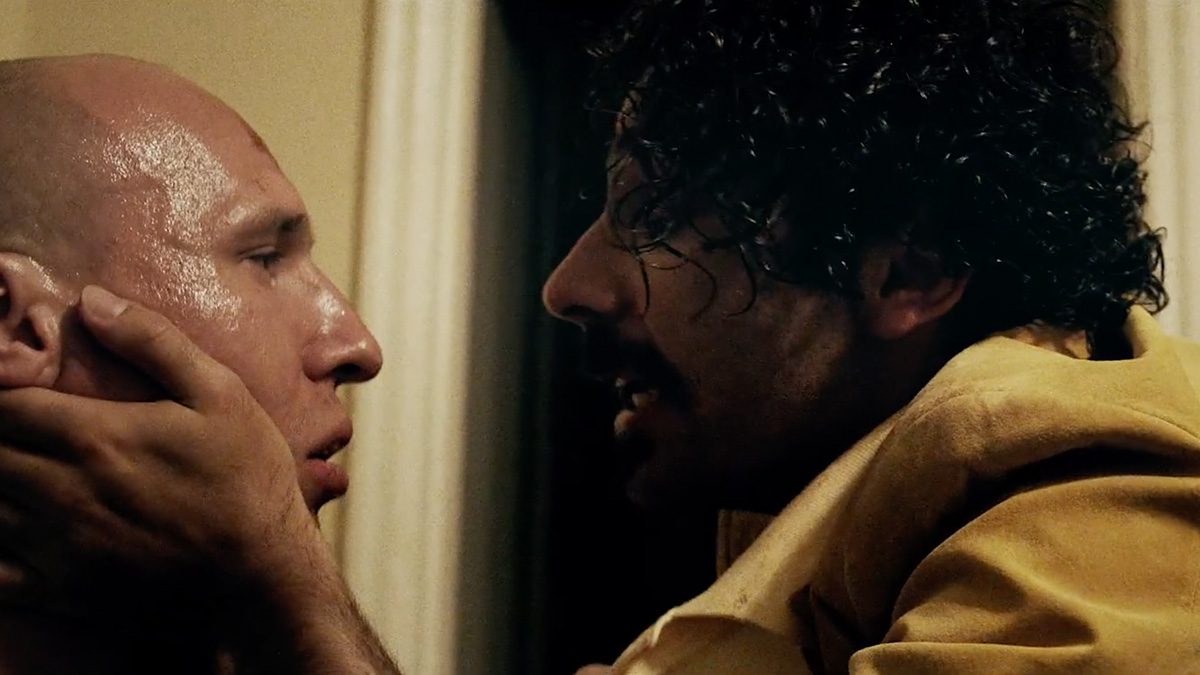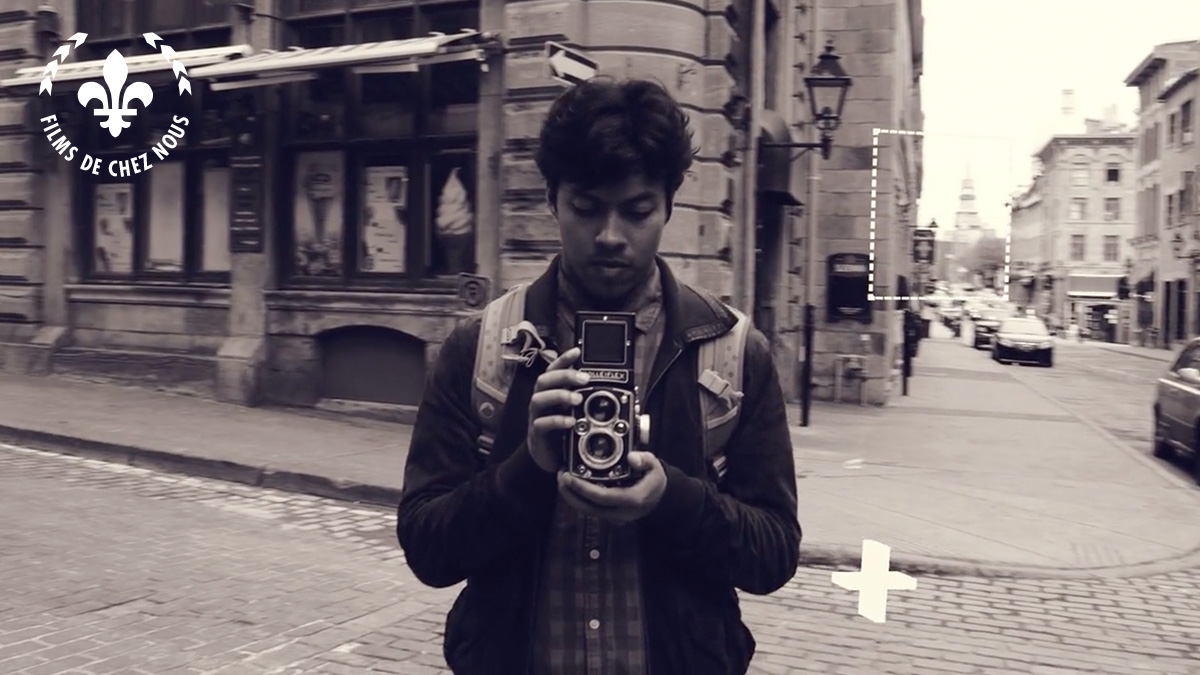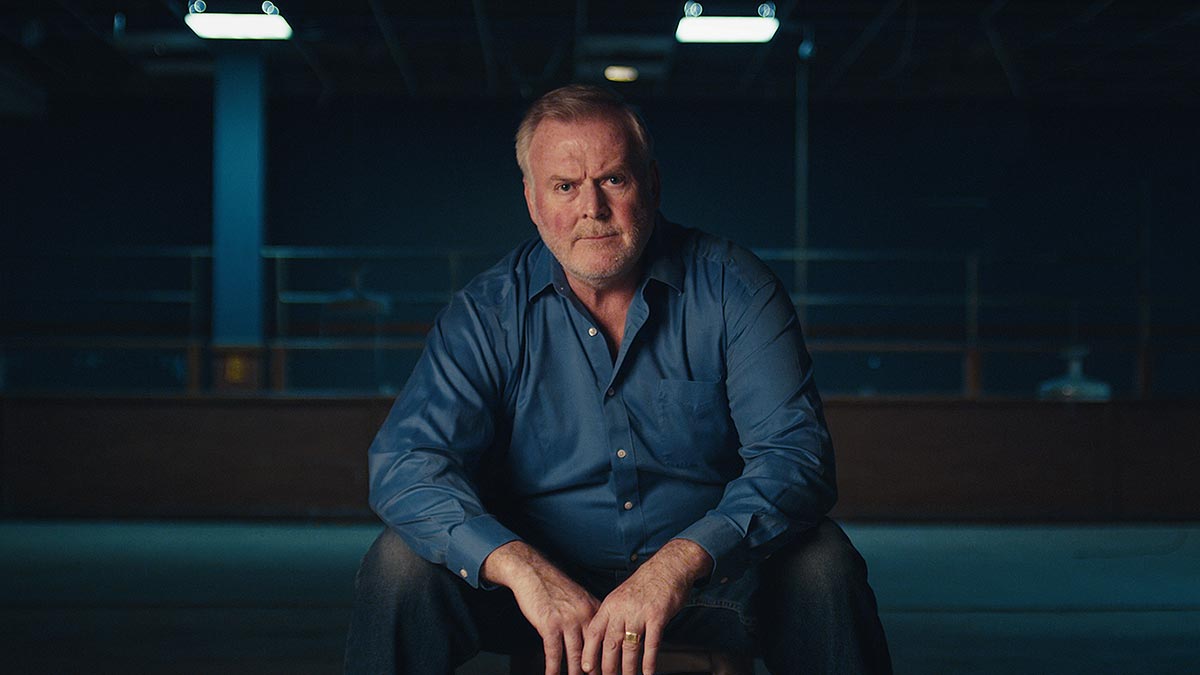KIERAN BEW leads us on an educational, emotional, gruff and goofy adventure through the hidden world of male tears. A feast for the feels.
In Cry Like a Guy, director Anthony Rubinstein offers a quirky and educational dive into the world of male tears, with Kieran Bew (HBO’s House of the Dragon, Netflix’s Warrior) guiding us through an emotional journey that’s as gruff as it is goofy. The short film, co-written by Rubinstein and Catherine Willoughby, explores the complex history of crying—from its biological roots to its sociological and historical implications—unpacking how society has dictated when and why it’s “acceptable” for men to shed tears.
In just over four minutes, Cry Like a Guy raises important questions about the stigma surrounding male emotions and the cultural perception of crying as an enemy of masculinity. With humor and heart, Rubinstein’s film opens the door for deeper conversations about mental health, emotional expression, and the harmful stereotypes that prevent boys and men from fully embracing their emotional selves. Through this fast-paced, lighthearted approach, the film hopes to normalize crying as a natural human function, encouraging viewers to rethink how we manage and discuss our emotions.

What inspired you to tackle the subject of male tears and crying in general, especially in such a brief yet impactful 4.5-minute format?
Believe it or not, the topic was inspired by a clash of opinion between Catherine (the writer) and Ant (the director), who are a couple. We realised we’d been socially conditioned to have opposing views about tears being useful vs futile, and wanted to explore that in a piece of creative writing. Catherine wrote in a longer spoken word poem originally, then we decided to make a film so the message could reach more people. For that we stripped it down to the essential beats of the argument to make the punchiest version possible.
The film approaches crying from biological, sociological, and historical angles. How did you strike the right balance between these three perspectives, and what was the research process like?
We started by researching to answer the simple question “why we cry”, and the explanation fit into those three broad themes. So we wove them together in a story that builds continuously; starting with what’s happening in your body (biological), then looking outwards to your interaction with other people around you (sociological), and then zooming out even further to consider people across time (historical) – painting the full picture that today’s stigmatisation of tears is not inevitable.

Crying has been stigmatized as a sign of weakness, particularly for men. How do you hope this film will change the cultural narrative around male vulnerability and emotional expression?
There are two big ways we hope this piece will change the narrative around male vulnerability, which currently harms not just men but everyone. The first is educating, the second is destigmatising.
Educating: by literally spreading the information on the physiology of crying, we hope to help people understand their useful function and not try to suppress it. At an early live performance of the spoken word piece, a man working in the armed forces told us that if his colleagues understood crying as a form of “emotional rehab” as explained in the poem, then they might have better mental health.
De-stigmatizing: by creating a cool, innovative and very aesthetically ‘manly’ piece of content on the topic, we hope to smash some of the associations with crying as weak and feminine, and spark conversations about it in this aspirational creative context instead.
Kieran Bew leads the audience through an educational yet emotional journey. How did his background in dramatic roles shape his performance, and what made him the right fit for this project?
We were so lucky to get Kieran on board. The narrator was always going to be what the success of the film hinged on and for us he stuck just the right balance between gruff and goofy. We always wanted the narrator to play this very masculine tough-guy, to make the juxtaposition between his appearance and what he’s actually saying all the more pronounced. Kieran’s experience in House of the Dragon, Netflix’s Warrior and all manner of other ‘tough guy’ roles made him a superb fit for the part.
Kieran also had a personal reason to be involved, in his own words: “I’ve had my own journey embracing tears and growing through pain, so I feel very strongly about sharing this message.”
The motion and transitions in the film are praised for their creativity. How did you approach these visual elements to keep the pace engaging while conveying such a serious subject?
In the pre production we created a really intricate 3D animatic of the whole thing, we plotted out exactly what was going to happen and when – particularly how it was going to flow together with these theatrical sliding scenery pieces. At the start, this was the only thing Ant could do by himself to drive the project forward and we needed to use this pre-vis to convince a lot of people to get on board… It also meant on the shoot we could be super efficient with coverage, as we had the film pretty much all laid out already in terms of what shots we needed where.
What were some of the challenges of condensing such a broad topic—biological reflexes, social norms, and historical shifts—into a short yet comprehensive narrative?
I think it’s fair to say we’ve barely scratched the surface of this topic! Catherine’s original spoken word poem was about 7min long and we had to condense it significantly down into the script for the film. There’s so much more to explore and say about crying, and we really hope this film will push it more into the mainstream as a topic of discussion – particularly when it comes to men’s wellbeing.
You talk about the harm caused by stigmatizing male tears. What were some of the most surprising or enlightening discoveries you made during the filmmaking process on this subject?
What we’ve enjoyed about the process is actually how universally interesting this subject is to talk about with people! Everyone has a very personal response to tears and totally unique triggers / experiences. Any time I (Ant) bring up what we’re doing in the pub or elsewhere it sparks a fascinating conversation, certain things that make people cry (one guy I spoke to can’t watch the olympic 100m final without bursting out in floods of them…). It’s clearly a topic that we as a society don’t study enough or talk about. On a filmmaking side, I learned a lot about how best to get someone to cry on camera, what chemicals and potions work best and how you can spot a nice thick emotional tear (with its higher protein content) vs. a fake watery one…

How do you hope this film will contribute to ongoing conversations about mental health, especially in encouraging men to manage and express their emotions more openly?
This is a huge topic, and such an important one too. I think the boundaries of traditional masculinity are very much in flux at the moment, and we hope this film can play a small part in reshaping the narrative. We’d love it to be seen by as many people as possible in an educational context and we’re working on charity partnerships / amplification to get it in front of the people who could benefit the most from the messaging.
The film has a distinct visual style with sharp photography and fluid motion. What was your vision for the film’s aesthetic, and how did you collaborate with your cinematographer to achieve this look?
DoP Thomas English brought so much to the table on this short, we wanted a high end, gangster tone – somewhere between a Nike spot and a guy Ritchie film, which meant using some lovely vintage anamorphic lenses and plenty of haze to set the mood in the warehouse. Paul Zabihi (Production designer) did a fantastic job with all the background dressing too, to make it feel like a real dodgy-gang HQ. I particularly love the simple palettes hung up to illicit big factory windows on a budget! My big challenge (Ant) was to get all the VFX to sit really well in this world without it feeling cheap or tacky and mimic the lens aberrations and distortion in all the fiddly compositing work, such as in the pop up book.
What are the short films that you look up to in terms of inspiration?
The inspiration for the siding theatrical scenery pieces came in part from Wes Anderson’s adaptation of The Wonderful Story of Henry Sugar on Netflix.
We also took a look of inspiration from a series of short films called ‘Quarter Life Poetry’ by Samantha Jayne – a really entertaining and fun use of spoken word poetry that helped inform our style.




